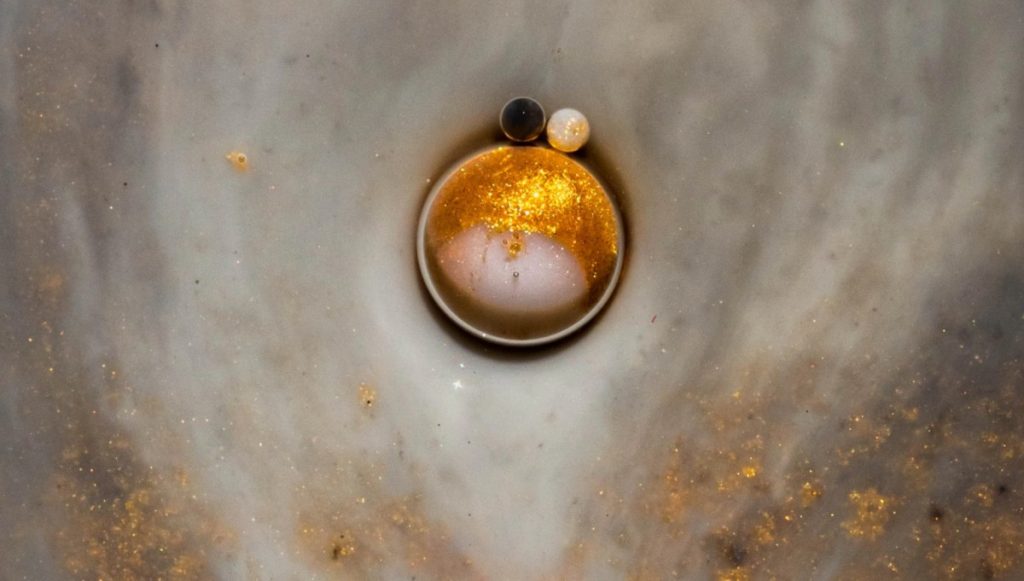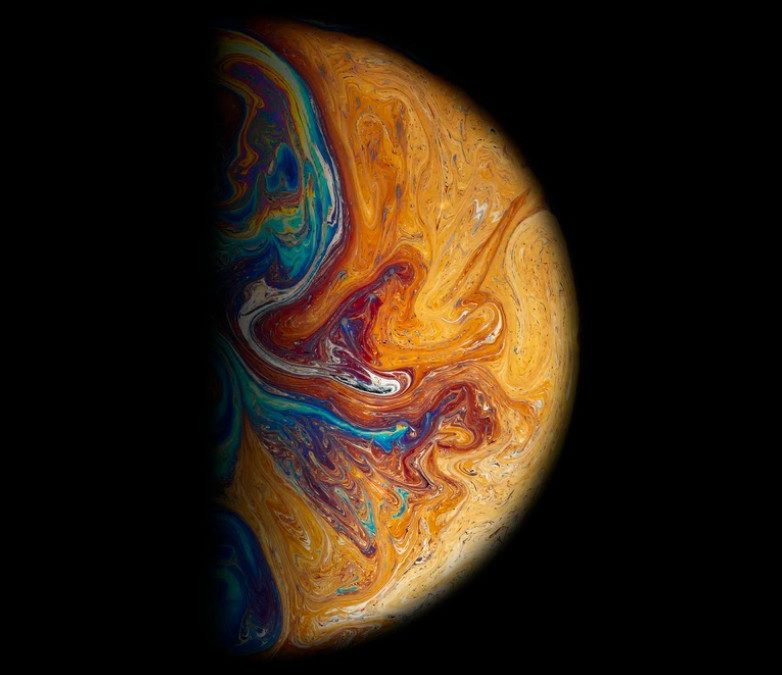Earth is not necessarily the best planet in the universe. Researchers have identified two dozen planets outside our solar system that may have conditions more suitable for life than our own. Some of these orbit stars that may be better than even our sun.
Scientist Dirk Schulze-Makuch says there are potential ‘superhabitable’ planets. They are older, a little larger, slightly warmer and possibly wetter than Earth. Life could easily thrive on these planets because they circle more slowly-changing stars. These stars have longer lifespans than our sun.
The 24 top contenders for superhabitable planets are all more than 100 light years away. Said Schulze-Makuch. “We have to focus on certain planets that have the most promising conditions for complex life. However, we have to be careful to not get stuck looking for a second Earth because there could be planets that might be more suitable for life than ours.”
Habitability does not mean these planets definitely have life, merely the conditions that would be conducive to life.
While the sun is the centre of our solar system, it has a relatively short lifespan of less than 10 billion years. It took nearly 4 billion years before any form of complex life appeared on Earth. So, many stars like our sun might run out of fuel before complex life can develop.

K dwarf stars, on the other hand, are somewhat cooler, less massive and less luminous than our sun. K stars have the advantage of long lifespans of 20 billion to 70 billion years. This would allow orbiting planets to be older. This gives life more time to advance to the complexity currently found on Earth. However, to be habitable, planets should not be so old that they have exhausted their geothermal heat and lack protective geomagnetic fields. Earth is around 4.5 billion years old, but the researchers argue that the sweet spot for life is a planet that is between 5 billion to 8 billion years old.
Size and mass also matter. A planet that is 10% larger than the Earth should have more habitable land. One that is about 1.5 times Earth’s mass would be expected to retain its interior heating through radioactive decay longer. And, it would also have a stronger gravity to retain an atmosphere over a longer time period.
Water is key to life and the authors argue that a little more of it would help, especially in the form of moisture, clouds and humidity. A slightly overall warmer temperature, a mean surface temperature of about 5 degrees Celsius greater than Earth, together with the additional moisture, would be also better for life. This warmth and moisture preference is seen on Earth with the greater biodiversity in tropical rain forests than in colder, drier areas.
Sound exciting? We think so too! Soon, we may know if there is a planet out there that offers a more comfortable life than our home planet. Watch this space.
Fascinated by that? Then read this!

Editor for Silver Magazine Gold Coast

